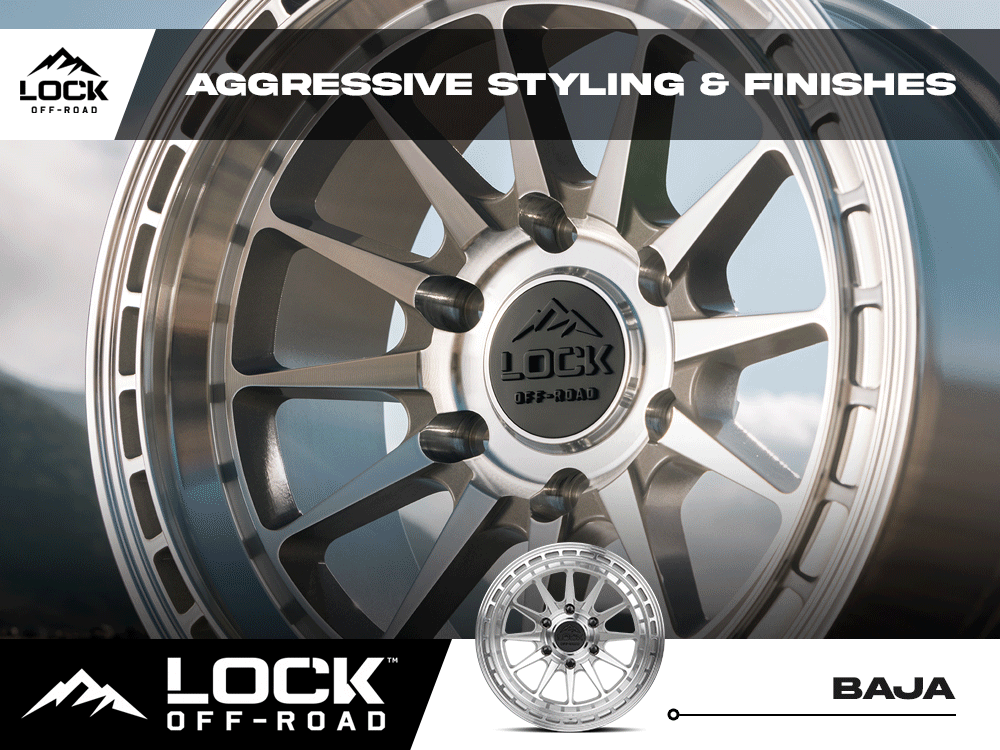Rivian Mom
Member
- Joined
- Oct 20, 2024
- Messages
- 148
- Reaction score
- 24
- Rivian
- R1S
I've been on a couple of road trips since I've owned my R1S and one thing I know is very important is having a planned charging schedule. I'll be sharing some tips on how best to keep your vehicle charged while going on a trip.
So first off, my advice is, don’t sweat it when it comes to charging your vehicle. Just charge it to 100%, type in your destination and just drive.
As far as how much you should leave with, you’ll likely want to charge to 100% before that long of a drive. The only important thing here is to time it so the car is done (or close to done) charging at the time you want to leave. This is so the car isn’t just sitting at 100% for long. It’s better for battery health to drive it down right away. And don’t worry if it’s “done” or not. Leaving at 99% is fine too .
.
With regards to arrival state of charge, this depends on what your needs are. If you want it higher than what the navigation projects, simply charge more at your final stop. Generally though, the goal is to be able to charge the car overnight at your destination. This is likely more important to plan than worrying about your high speed chargers on the highway.
People will tell you to calculate this and that, and leave as soon as your DCFC rate decreases below the starting rate at the next chargers, blah, blah. This is all fine if you’re in a cross country race. For the rest of us, don’t worry about any of this. Just enjoy your drive!
Based on Rivian’s charging curve (things really slow down above 60% State Of Charge), you want to stop for charging as close to 0% as you dare and stop charging once you get to 60% SOC, PROVIDED that gives you enough range to get to the next DC fast charger.
The reasoning is that going from 60 to 75% at charger #1 will take more time than going from 0-15% at charger #2. If you can make it to charger #2, why show up with 15% remaining?
It’s all about charging at the fastest charge speeds (during the beefiest parts of the charging curve) so as to minimize how much time you spend charging. For Rivian’s, based on this testing, the beefiest parts of the charging curve are between 0 and 60%.
Charging to 100% at home the night before you leave makes sense, too, so that first leg can be as long as possible.
Hope this helps someone.
So first off, my advice is, don’t sweat it when it comes to charging your vehicle. Just charge it to 100%, type in your destination and just drive.
As far as how much you should leave with, you’ll likely want to charge to 100% before that long of a drive. The only important thing here is to time it so the car is done (or close to done) charging at the time you want to leave. This is so the car isn’t just sitting at 100% for long. It’s better for battery health to drive it down right away. And don’t worry if it’s “done” or not. Leaving at 99% is fine too
With regards to arrival state of charge, this depends on what your needs are. If you want it higher than what the navigation projects, simply charge more at your final stop. Generally though, the goal is to be able to charge the car overnight at your destination. This is likely more important to plan than worrying about your high speed chargers on the highway.
People will tell you to calculate this and that, and leave as soon as your DCFC rate decreases below the starting rate at the next chargers, blah, blah. This is all fine if you’re in a cross country race. For the rest of us, don’t worry about any of this. Just enjoy your drive!
Based on Rivian’s charging curve (things really slow down above 60% State Of Charge), you want to stop for charging as close to 0% as you dare and stop charging once you get to 60% SOC, PROVIDED that gives you enough range to get to the next DC fast charger.
The reasoning is that going from 60 to 75% at charger #1 will take more time than going from 0-15% at charger #2. If you can make it to charger #2, why show up with 15% remaining?
It’s all about charging at the fastest charge speeds (during the beefiest parts of the charging curve) so as to minimize how much time you spend charging. For Rivian’s, based on this testing, the beefiest parts of the charging curve are between 0 and 60%.
Charging to 100% at home the night before you leave makes sense, too, so that first leg can be as long as possible.
Hope this helps someone.
Last edited:




